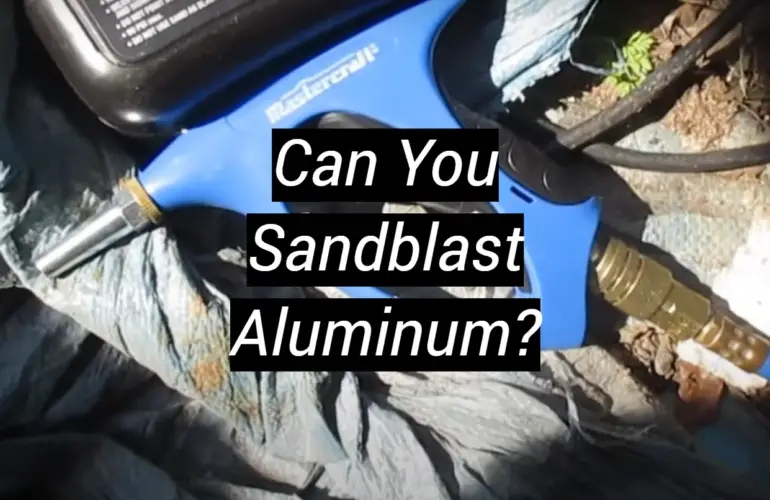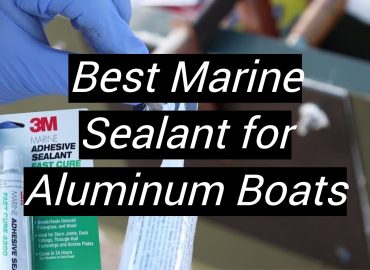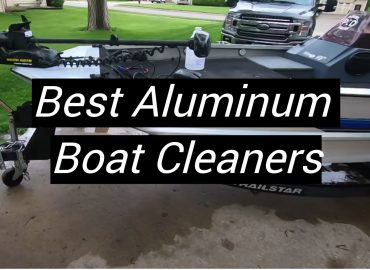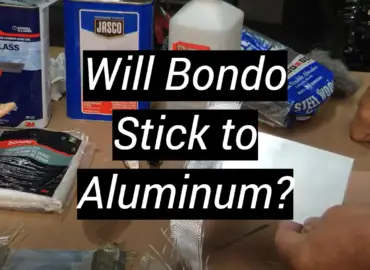No matter what type of metal you’re working with, one of the most efficient and effective ways to clean it is sandblasting. It removes dirt, corrosion, paint or other materials from a surface by using a pressurized stream of air and an abrasive material such as aluminum oxide grit.
However, there are some considerations to bear in mind when dealing with aluminum – can you sandblast it? The answer depends on the end goal of your project. In this blog post we will discuss why understanding the specific properties of aluminum before deciding if sandblasting is right for your project is essential so that you don’t risk damaging or losing its many advantages – read on to learn more!
What Is Aluminum and What Are Its Properties?
Aluminum is a metal with a silvery-white hue and outstanding physical properties. They include corrosion resistance, ductility, electrical conductivity, malleability and reflectivity. Also, it is easily recyclable. Among other properties are low density, high thermal and electrical conductivity, and the ability to form protective oxide layers.
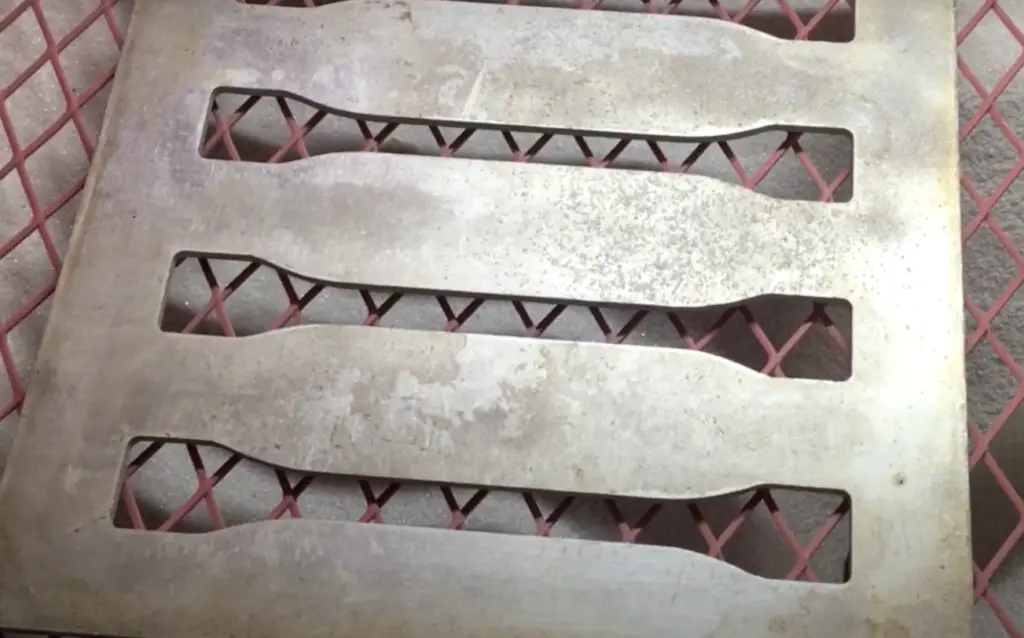
Because of these advantageous characteristics, aluminum has become one of the most widely used materials on the planet. It is found in many everyday items, such as foil wrappers, soft drink cans and car parts. Aluminum is also used to create more complex products like aircrafts, ships and buildings. [1]
The process for extracting aluminum from its ore can vary but typically involves heating bauxite ore with caustic soda or sodium hydroxide. This creates aluminum oxide, which can then be purified to create molten aluminum metal or cast into ingots.
What Are the Ways to Process Aluminum?
Aluminum is an incredibly versatile material that can be manufactured into a wide range of shapes and sizes. It’s no wonder aluminum is used in so many industries, from automotive to aerospace and construction. But before it can be put to use, aluminum must first go through a processing procedure. It is essential for the product to be of the highest quality and up to industry standards.
There are several ways to process aluminum, each with its own advantages and peculiarities. Among them are sandblasting, powder coating, painting, anodizing, extrusion, and more.
- Sandblasting is one of the most popular ways to process aluminum because it offers superior strength and durability plus costs less than other options. Sandblasting involves blasting microscopic bits of abrasive material, like aluminum oxide, at high pressure against the metal surface. This process removes contaminants and imperfections from the surface of the aluminum for a smooth finish. It also increases its resistance to corrosion and oxidation. [2]
- Powder coating is another common technique for processing aluminum. This process involves applying a powder-based paint to the aluminum surface and curing it with heat. The result is a sleek, glossy finish that can withstand wear and tear better than other types of coating. [3]
- Anodizing is another common way to finish aluminum products. With this method, a thin layer of oxide is formed on the surface of the aluminum through an electrolytic process. This layer provides improved durability and protection compared to other finishes. Anodizing can be done in either clear or colored varieties, allowing for different looks and designs.
- Painting is used to prevent aluminum from corroding or discoloration, as well as to improve its appearance. It also provides an aesthetic look that adds beauty to the product. With this method, paint is applied directly onto the aluminum surface using a spray gun or brush.
- Extrusion is also used for aluminum processing, especially when producing parts or items with complex geometries. This process involves forcing molten aluminum through a die in order to achieve specific shapes and sizes. Extrusion can be used on many different types of aluminum alloys and offers excellent strength and precision. [4]
These are just some of the ways aluminum is processed for various uses. The particular method used will depend on the desired outcome and what type of product or part you’re looking to create. With the right processing techniques, today’s manufacturers can turn ordinary pieces of aluminum into something that looks great and lasts for years!
What Does It Mean to Sandblast Aluminum?
Sandblasting aluminum is a process that involves using compressed air to fire tiny particles of sand or other abrasive substances at high speeds and pressure. It is used to clean, smooth, shape, and finish surfaces.
Sandblasting aluminum can be used for many different purposes – from restoring old metal objects to preparing materials for welding.
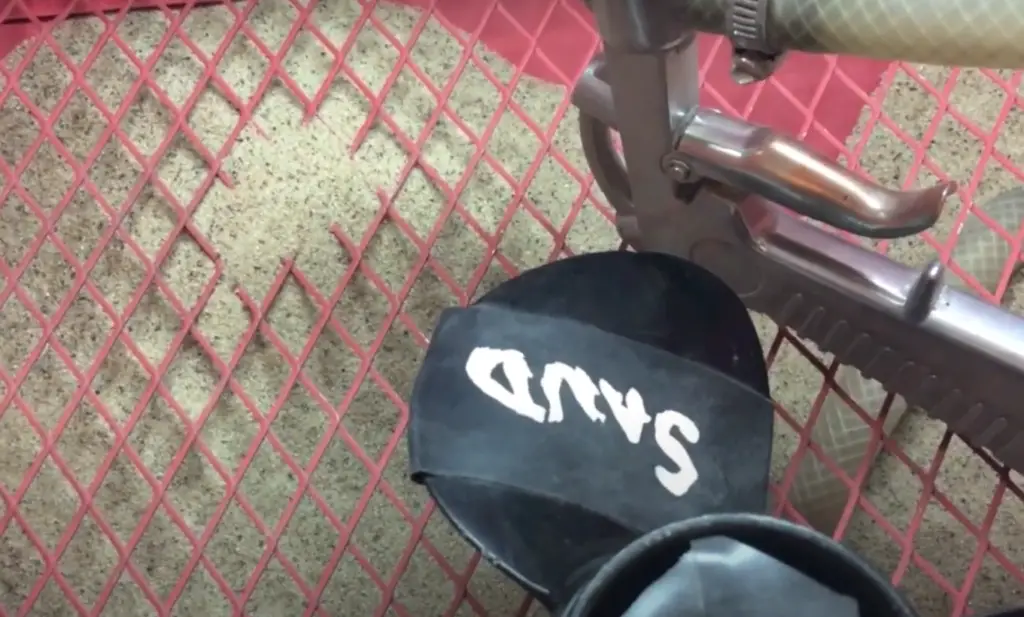
The aluminum popularity is due to the fact that it comes to sandblasting because it’s relatively soft compared to harder alloys like steel or titanium. This makes it much easier for the blasting media to strip away contaminants without damaging the underlying structure of the aluminum itself.
Plus, aluminum doesn’t corrode as easily as some other metals so you don’t have to worry about rusting components caused by sandblasting.
The process of sandblasting aluminum can be done to varying degrees depending on the desired outcome. If you want a super-smooth finish, for example, then you may need to use a finer abrasive material and blast more gently at the surface in order to achieve your desired effect. On the other hand, if you’re just trying to strip away corrosion or remove paint from an otherwise healthy piece of aluminum, then it’s possible to use coarser materials with higher pressure settings to accomplish this goal much faster. [5]
No matter what type of project you’re tackling with sandblasting aluminum, it’s important to take proper safety precautions while using the equipment.
The Benefits of Sandblasting Aluminum
Aluminum is a lightweight and adaptable material that can be utilized for a variety of purposes.. It’s an incredibly popular choice for projects due to its durability and affordability.
Sandblasting creates a very even finish and helps remove oxidation or rust from older pieces. The process also allows for more intricate designs and shapes on components thanks to greater control during the blasting process.
Aluminum sandblasting is an ideal choice for a variety of projects, including exterior cladding and industrial pieces like pipes, tanks, and machinery parts. It’s also great for restoring old surfaces due to its ability to remove oxidation or rusting from aged aluminum. The process can even be used to create decorative details on aluminum pieces, such as textured finishes and patterns that would otherwise not be possible with traditional machining techniques.
The key benefits of the sandblasting are the following:
- It evenly smooths out the surface of aluminum, creating an even and consistent finish
- It removes oxidation or rust from older pieces, restoring them to their original condition
- It offers superior protection against corrosion from environmental elements such as chemicals
- It allows for intricate designs and patterns due to its greater control during the blasting process
- It provides a quick and easy process. Sandblasting is not time consuming at all, meaning you can get your project done quickly without sacrificing quality. [6]
Sandblasting is a great way to achieve a professional, high-quality finish on any aluminum project. With its many benefits, it’s easy to see why sandblasting aluminum is one of the most popular finishing techniques available. Whether you’re looking for restoration work or decorative details, sandblasting can help make your project stand out.
Basic Abrasive Features of Aluminum Sandblasting Materials
Aluminum is an incredibly versatile metal. Its sandblasting involves using an abrasive material (such as silica sand) to remove unwanted particles from the surface, achieving desired shapes and textures with precision accuracy.
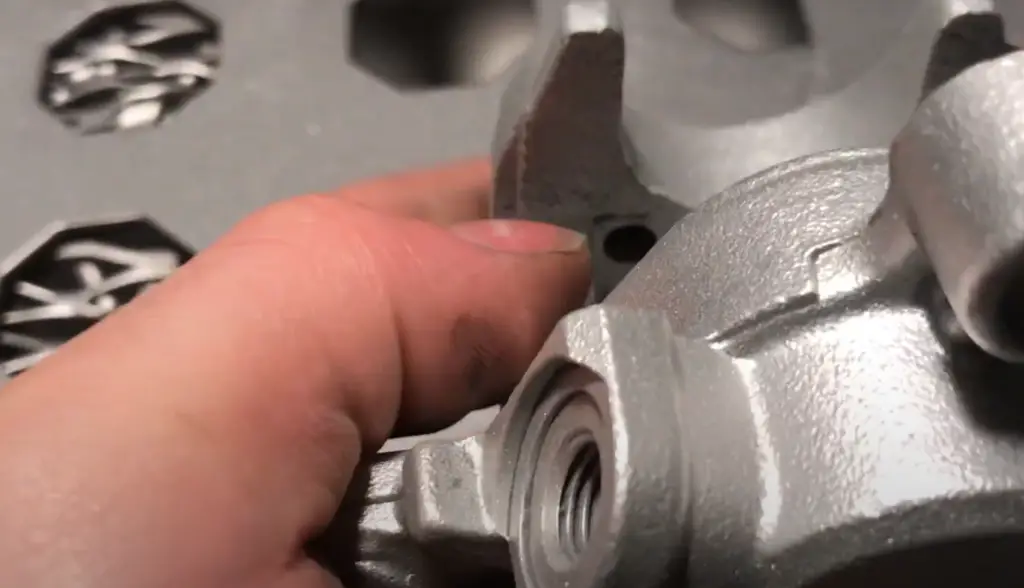
When it comes to sandblasting on aluminum surfaces, there are several factors you need to consider in order to ensure that your project yields the desired results. Here are some of the peculiarities associated with aluminum sandblasting:
- Surface irregularities can affect the efficiency and effectiveness of sandblasting on aluminum surfaces – so make sure to check if any imperfections need to be evened out first before proceeding with the blasting process.
- It’s important to take your time when sandblasting aluminum. Rushing through it will only lead to uneven results or possible damage due to excess pressure applied during the operation.
- Shape and size of the abrasive particles also play a key role in aluminum sandblasting. Smaller particles are ideal for getting into tight spaces, while larger particles will provide better coverage over flat surfaces.
- Hardness levels of the abrasive should be determined based on the type of aluminum you’re sandblasting, as well as the desired results.
- Density is also pretty significant. Higher density abrasives are better for achieving greater coverage, while lower density materials are best suited for more delicate tasks requiring precision accuracy.
Finally, keep an eye on the speed of the jet stream – it can be adjusted to achieve various levels of intensity depending on your specific needs and requirements.
These are just some of the basic abrasive features associated with aluminum sandblasting. By taking these aspects into account you’ll be able to achieve precise, quality results that meet your expectations!
Types of Aluminum Sandblasting Materials
Many different types of materials can be used in the sandblasting process, depending on the desired result.
Each material has its own unique characteristics that make it suitable for specific projects or applications. And let’s look at each in detail.- Aluminum oxide is a very hard material that can produce a smooth, polished finish on metal surfaces. It’s usually used for sandblasting aluminum and other metals because it leaves a bright, shiny look. The small particles easily remove corrosion without leaving deep scratches on the surface, making aluminum oxide a great choice for general cleaning and restoration projects.
- Garnet is another popular sandblasting material, especially for wood and stone. It’s also used to sandblast aluminum because it leaves a smooth finish without damaging the metal. Garnet is much softer than aluminum oxide, so it doesn’t cause excessive wear on the surface of the metal. Its key feature is the combination of high cutting speed and minimal dust.
- Glass beads are made of tiny glass balls that can be used for sandblasting aluminum as well as other materials such as plastic and fiberglass. They’re great for creating a smooth surface with minimal damage to the underlying material. Glass beads also create an even, uniform finish without leaving deep etchings or grooves in the surface.
- Steel grits are small particles made of crushed steel that are used for sandblasting aluminum and other metals. They create a rough finish, making them ideal for removing corrosion or old paint from metal surfaces. They’re also great for creating textured surfaces that can be finished with a high-gloss polish.
- Crushed glass is another popular sandblasting material because it’s affordable and produces excellent results on both wood and metal surfaces. The cut edges of the glass create an even finish without leaving deep marks or scratches in the surface. It’s especially useful for cleaning up aluminum parts or preparing them for painting.
- Plastics have a lower cutting speed than other materials but create an even finish without leaving deep scratches or gouges.
- Silica sand works well with metal surfaces, especially aluminum, as it creates a uniform, fine finish that is free from surface damage.
- Soda is one of the most popular materials for blasting aluminum because it leaves a clean, shiny finish without damaging the metal.
- Soda blast media does not contain any hazardous particles like some other types of abrasives, making it ideal for sensitive applications such as food processing equipment. [7]
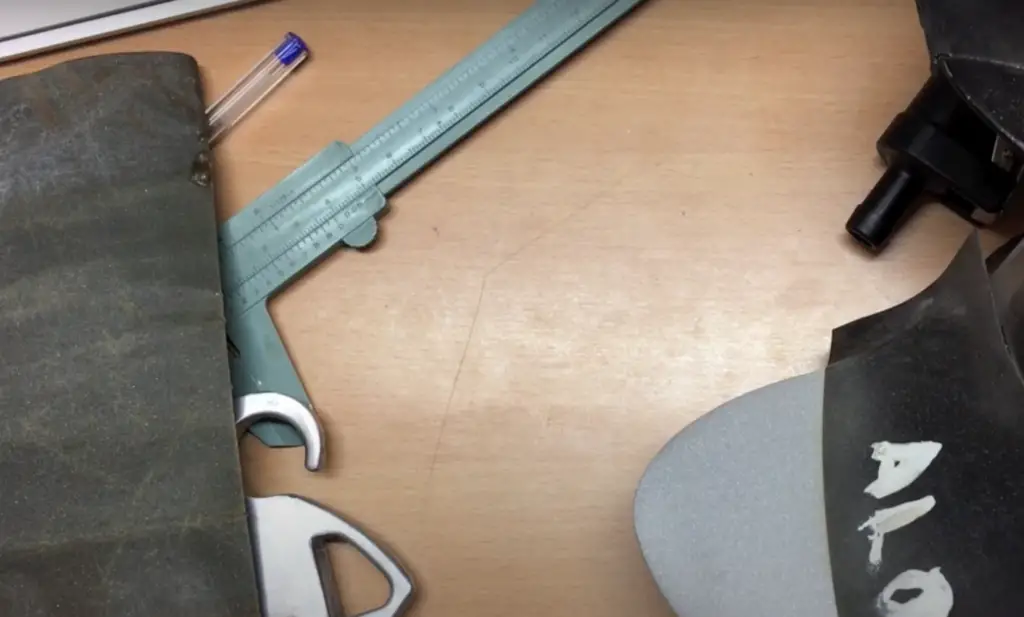
The choice of sandblasting material depends on the desired finish and the properties of the aluminum surface. Each material has unique advantages that make it suitable for certain projects or applications, so be sure to do your research before beginning any project!
Tools for Aluminum Sandblasting
The process is fairly simple; all you need is a sandblaster and some abrasive material. The abrasive material can range from steel shot, glass beads, or even crushed walnut shells! We already talked about the abrasive material above, so consider the details.
Depending on what type of finish you’re looking for on your metal parts, you’ll need different types of tools for aluminum sandblasting. For example, if you need a smooth finish, you’ll use a nozzle with a wider diameter for blasting.
When considering sandblasting tools, it’s vital to look at the amount of pressure you’ll need to get the desired results. For precision parts that require a very fine finish, it’s best to use low-pressure nozzles. The same goes for larger areas where you may need more impact in order to remove dirt and grease from the surface. [8]
If the pressure is too high or if the nozzle angle is incorrect, it can lead to an uneven finish or even pitting in the metal surface. Always make sure that your sandblasting equipment is set at the correct settings before you begin!
Useful Tips for the Aluminum Sandblasting Process
As aluminum is a very delicate metal, it’s important to understand how to go about effectively sandblasting this material.
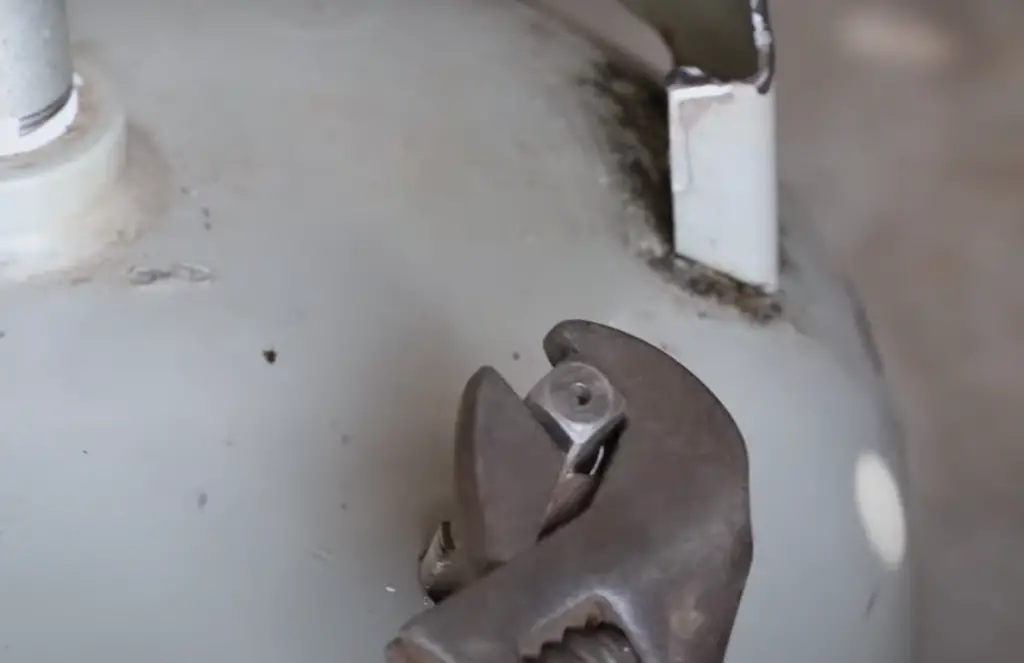
Here are some tips to help you ensure successful sandblasting results when working with aluminum:
- Use the right abrasive. Aluminum requires the use of softer materials than other metals, so it’s important to select the correct type of abrasive based on your specific project requirements. Soft abrasives like walnut shells are often recommended for aluminum projects.
- Use the correct nozzle. Aluminum is sensitive to high-pressure abrasives, so it’s important to make sure you use a nozzle with an appropriate pressure setting for your particular project. Too much pressure can damage or distort aluminum, while too little may not get the desired effect.
- Protect yourself. Always wear protective clothing and equipment such as goggles and gloves to protect yourself from dust particles.
- Clean up properly. When finished, be sure to vacuum off all excess dust particles and debris before continuing with further processes. This will help ensure that no contaminants are left behind on the surface of the metal which could affect its final finish.
- Use proper ventilation. It’s important to make sure that the area is well-ventilated. The dust particles generated by the process can be hazardous to inhale, so having good airflow in the workplace is essential.
- Monitor the surface. Always keep an eye on the aluminum to make sure that you’re not damaging it in any way. If you start to notice any distortions, it’s best to stop and reassess your technique before continuing.
- Post-treatment. Take the proper post-treatment steps. This may mean cleaning off residue or applying a protective coating to help seal the surface and make it more durable.
- Practice makes perfect. Finally, don’t be afraid to practice and experiment with different abrasive materials, nozzle settings, and techniques to find the right combination for your project. With enough trial and error, you should be able to get the desired results from your aluminum sandblasting process. [9]
Rules for the Safe Conducting of Aluminum Sandblasting
Aluminum sandblasting can be dangerous if not done with the proper precautions. Here are some safety tips:
- Make sure that you are wearing protective clothing, such as goggles and heavy-duty gloves, when handling and using aluminum during sandblasting.
- Always wear a dust respirator when performing aluminum sandblasting to ensure that all particles created by the blasting process do not enter your lungs or those of others nearby.
- Be aware of the peculiarities of working with aluminum; because it wears faster than other metals, you’ll have to keep an eye on the progress of the sandblasting and be ready to replace the media if necessary.
- Always follow safety instructions that are provided with any sandblasting equipment you may use for aluminum projects.
- Don’t try to sandblast without first understanding the particular way it is processed and its unique properties. This is essential for ensuring the best results, protecting your health, and avoiding dangerous situations.
- Be sure to dispose of aluminum dust and other debris properly in sealed containers. Aluminum particles can be hazardous if inhaled or ingested, so take care to ensure they don’t get into the air. [10]
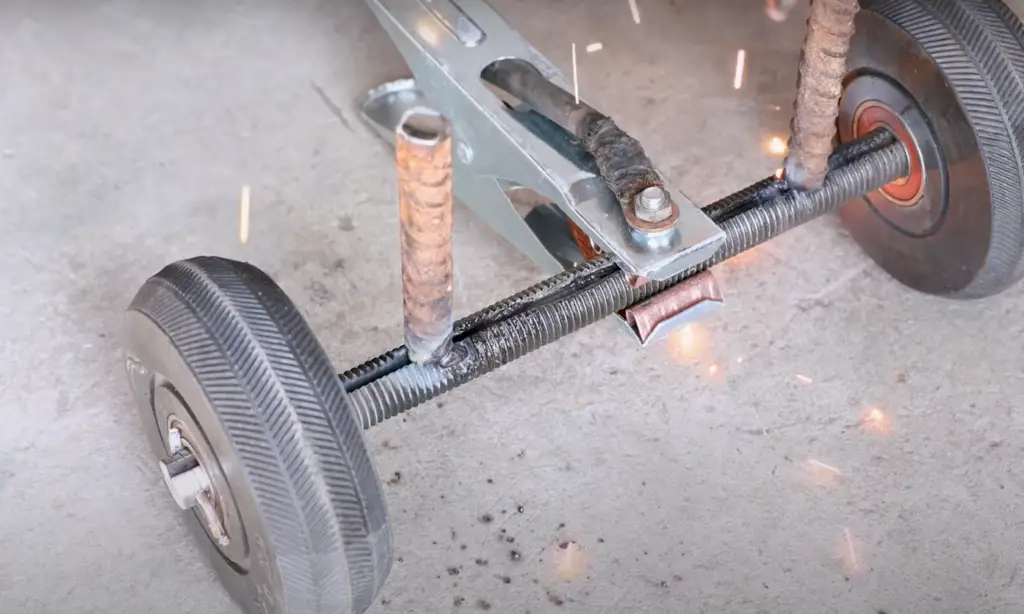
Follow these simple safety tips and make sure that your aluminum sandblasting projects are conducted safely and effectively. After all, safety is always the top priority!
FAQs
Can you use sand to sandblast aluminum?
Yes, but it is not generally recommended. Sandblasting requires a much softer abrasive material that is less likely to damage the metal. Aluminum oxide, glass beads, plastic pellets and walnut shells are all popular alternatives to sand.
Can you sandblast thin aluminum?
You can sandblast thin aluminum but it is important to use the right abrasive material in order to protect the metal.
Can you sandblast aluminum boats?
Yes, but choose the material carefully. Anodized or painted aluminum oxide, glass beads and walnut shells are all better suited for this task.
Additionally, it is recommended to use a low-pressure sandblaster to minimize potential damage.
Does sandblasting damage metal?
Sandblasting can damage the surface of metal if the incorrect abrasive material or pressure is used. So it’s essential to consider all the features and characteristics of the selected material before the work.
Useful Video:How to use a sandblaster to refinish aluminum rims.
Final Thoughts
In summary, it is clear that aluminum is an incredibly versatile and useful material in many industries. Every day, the impressive way in which aluminum is processed sets a new bar for other materials used during fabrication. Protective sandblasting technologies mean workers are mining and processing the material more safely and efficiently, allowing for a sustainable future of production. Understanding more about aluminum’s peculiarities can open doors to its use cases in even more areas. Whether creating machined parts or crafting automotive frames, aluminum remains the preferred metal for –and will continue to be so for– many applications. So grab your safety glasses, put on your overalls, and get involved in the passionate community of aluminum experts!
References:
- https://www.britannica.com/science/aluminum
- https://ecoreprap.com/sand-blasting-aluminium/
- https://www.shapesbyhydro.com/en/material-properties/what-you-should-know-about-powder-coating-aluminium/
- https://www.gabrian.com/aluminum-fabrication-processes/
- https://kdmfab.com/aluminum-sandblasting/
- https://professionalfinishing.com/2019/10/04/top-8-benefits-of-sandblasting-for-your-custom-metal-project/
- https://www.finishingsystems.com/blog/types-abrasive-material/
- https://professionalfinishing.com/2021/07/22/everything-you-need-to-know-about-sandblasting/
- https://www.dustlessblasting.com/sandblasting
- https://www.finishingsystems.com/blog/4-necessary-precautions-for-keeping-sandblasting-safe/

